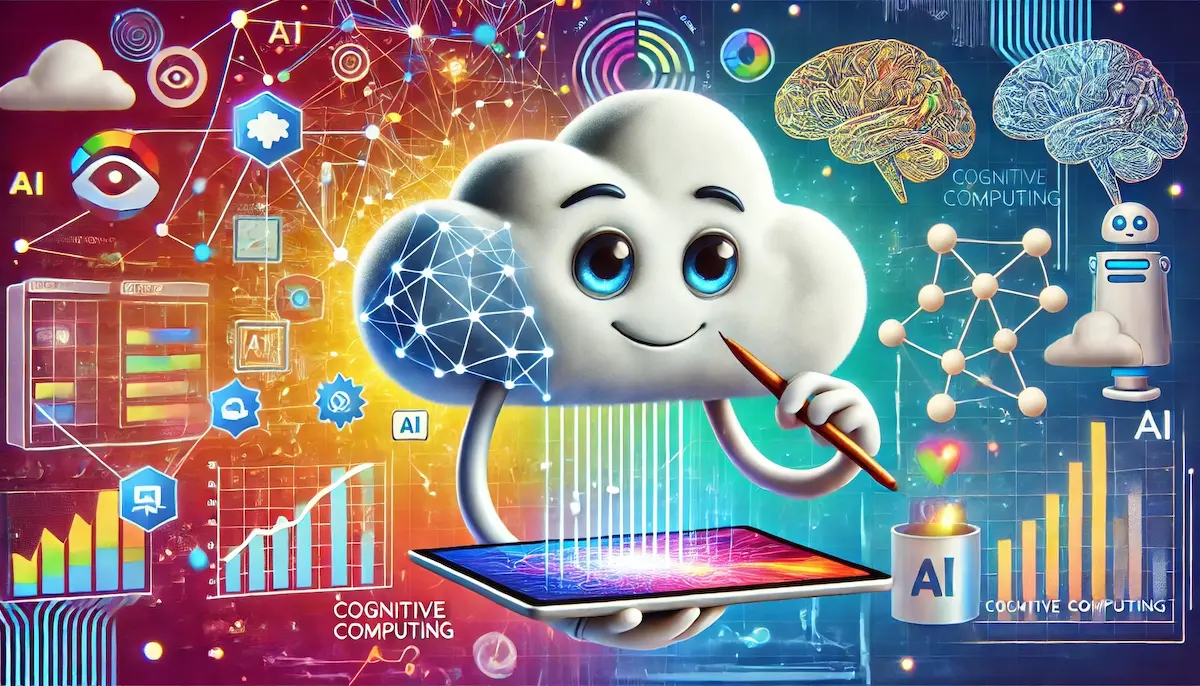Cognitive computing is a cutting-edge technology that aims to mimic human thought processes in complex situations. By leveraging artificial intelligence (AI), machine learning, natural language processing (NLP), and other advanced technologies, cognitive computing systems can analyze vast amounts of data, learn from it, and make decisions. This article will explore the key aspects of cognitive computing, its significance, and its diverse applications across various industries.
What is Cognitive Computing?
Cognitive computing refers to systems that can simulate human thought processes and behavior. These systems can understand, reason, learn, and interact with humans in a natural way. Unlike traditional computing systems that follow pre-programmed rules, cognitive systems can handle ambiguous and unstructured data, making them capable of complex decision-making.
Importance of Cognitive Computing
Enhances Decision-Making
Cognitive computing systems can analyze vast amounts of structured and unstructured data to provide insights and recommendations. This capability enhances decision-making processes in various fields, from healthcare to finance, by offering data-driven support.
Improves Customer Experience
By leveraging natural language processing and machine learning, cognitive computing systems can interact with customers in a more human-like manner. This improves customer service, as these systems can understand and respond to customer queries, predict their needs, and provide personalized experiences.
Accelerates Innovation
Cognitive computing drives innovation by enabling the analysis of large datasets to uncover patterns, trends, and insights. This helps organizations to develop new products, improve existing services, and stay competitive in a rapidly changing market.
Enhances Efficiency and Productivity
Automating complex tasks with cognitive computing systems can significantly enhance efficiency and productivity. These systems can process and analyze data faster than humans, reducing the time required to complete tasks and enabling employees to focus on more strategic activities.
Applications of Cognitive Computing
Healthcare
In healthcare, cognitive computing is used to improve diagnostics, treatment planning, and patient care. These systems can analyze medical records, research papers, and clinical data to provide doctors with evidence-based recommendations. They also assist in personalized medicine by analyzing genetic data to tailor treatments for individual patients.
Finance
Cognitive computing systems in finance help in fraud detection, risk assessment, and investment analysis. By analyzing transaction data, market trends, and financial news, these systems can identify fraudulent activities, assess credit risk, and provide investment recommendations.
Retail
In the retail industry, cognitive computing enhances customer experience and operational efficiency. These systems can analyze customer behavior, preferences, and purchase history to provide personalized recommendations. They also optimize inventory management by predicting demand and improving supply chain operations.
Manufacturing
Cognitive computing in manufacturing improves production processes, quality control, and predictive maintenance. By analyzing sensor data from machinery and production lines, these systems can detect anomalies, predict equipment failures, and optimize maintenance schedules, reducing downtime and costs.
Legal
In the legal sector, cognitive computing assists with document analysis, legal research, and case management. These systems can analyze legal documents, identify relevant information, and provide insights, helping lawyers to build stronger cases and streamline their workflow.
Education
Cognitive computing in education personalizes learning experiences and improves administrative efficiency. These systems can analyze student performance data to tailor educational content, provide real-time feedback, and predict learning outcomes. They also assist with administrative tasks such as grading and scheduling.
Steps to Implement Cognitive Computing
1. Define Objectives and Use Cases
The first step in implementing cognitive computing is to define the objectives and identify specific use cases. This involves understanding the problems that need to be solved, the goals to be achieved, and how cognitive computing can address these needs.
2. Collect and Prepare Data
Cognitive computing systems require large amounts of data to learn and make decisions. Collecting and preparing high-quality data from various sources, including structured and unstructured data, is crucial. This involves data cleaning, integration, and normalization.
3. Choose the Right Technologies
Selecting the appropriate cognitive computing technologies depends on the specific use cases and objectives. This includes choosing the right AI algorithms, machine learning models, natural language processing tools, and data analytics platforms.
4. Develop and Train Models
Developing and training cognitive computing models involves feeding the system with data and allowing it to learn patterns, relationships, and insights. This requires continuous monitoring and fine-tuning to ensure the models are accurate and effective.
5. Implement and Integrate
Implementing cognitive computing involves deploying the system and integrating it with existing workflows and processes. This includes setting up the necessary hardware and software infrastructure, ensuring data security, and training employees to use the system effectively.
6. Monitor and Optimize
Continuous monitoring and optimization are essential to maintain the effectiveness of cognitive computing systems. This involves regularly evaluating system performance, gathering feedback, and making necessary adjustments to improve accuracy and efficiency.
Conclusion
Cognitive computing is a transformative technology that simulates human thought processes to enhance decision-making, improve customer experiences, accelerate innovation, and increase efficiency. Its applications span various industries, from healthcare and finance to retail and manufacturing. Implementing cognitive computing requires a clear understanding of objectives, high-quality data, the right technologies, and continuous monitoring and optimization. Embracing cognitive computing can lead to significant advancements and competitive advantages for organizations. Blockfine thanks you for reading and hopes you found this article helpful.
